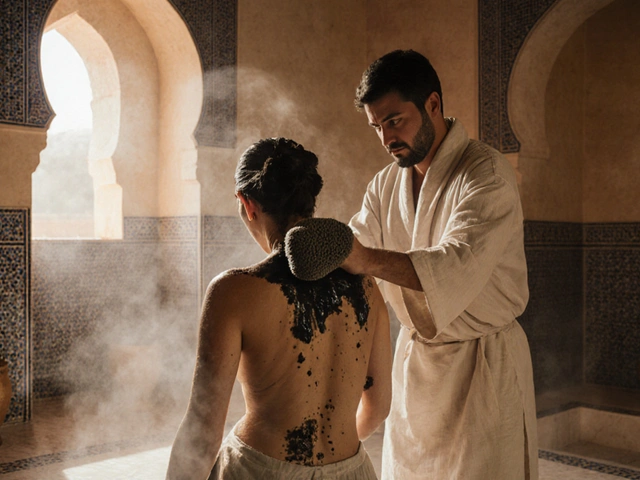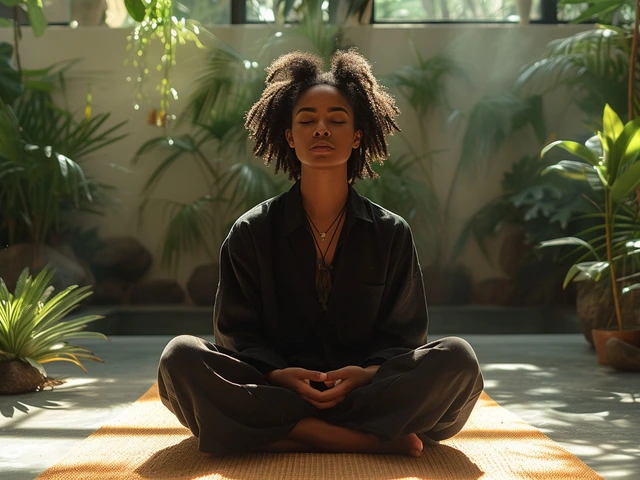Comprehensive Massage Guide: Match Techniques to Your Goals
Most people try one massage style and assume it’s the only option. That wastes time. This guide helps you pick the right technique for pain, recovery, relaxation, or skincare, and shows how to find a parlor that actually helps you feel better.
The quick rundown: Swedish eases general tension and promotes relaxation; deep tissue targets long-standing knots and tight layers; trigger point works on specific painful spots; hot stone adds heat for tight muscles; acupressure uses pressure to ease headaches and stress. Other useful options: Lomi Lomi and Kahuna for flowing, rhythmic work; Hilot for traditional Filipino healing; Amma for focused back and neck relief; Feldenkrais and Hellerwork for movement and posture; Rolfing and Ortho-Bionomy for structural change; palliative and blind massage for specialized care; and facial methods like snail facial massage for skin benefits.
Which massage fits you?
Start with your main goal. Want better sleep and less daily stress? Try Swedish or warm stone. Need to break up chronic knots or recover from heavy training? Try deep tissue, trigger point, or Amma. Want posture and movement change? Look into Feldenkrais, Hellerwork, or Rolfing. Curious about cultural styles or hands-on rituals? Try Hilot, Lomi Lomi, or Kahuna for a different experience.
Be realistic about sensations. Deep work feels intense and can cause soreness for 24–72 hours. Relaxation styles should leave you calm right away. If you have medical issues—recent surgery, blood clots, infection, uncontrolled high blood pressure, or pregnancy—talk to your doctor before booking. Always tell the therapist about medications, allergies, or areas to avoid.
How to choose a good parlor
Look beyond photos. Check practitioner credentials and recent reviews that mention safety, communication, and cleanliness. Call and ask: How long are sessions? What training do therapists have? Can I request male or female therapists? Do you have protocols for hygiene and COVID or other illnesses? Good parlors welcome questions and explain pressure, draping, and what you can expect before they start.
Practical first-visit tips: arrive 10 minutes early, avoid heavy meals, and hydrate. Tell the therapist your comfort level and any pain patterns. Ask for a shorter session or lighter pressure if you’re new. Expect clear consent: therapists should ask where it hurts and stop if you say so.
Aftercare matters. Drink water, rest, and do gentle stretches the same day. Use heat for tight muscles or ice for sharp inflammation. If soreness lasts more than a few days or pain worsens, contact your provider. For ongoing problems, schedule a few sessions, track progress, and adjust technique or frequency until you see real change.
Try new styles with curiosity but track results. If a massage leaves you sleeping better, moving easier, or with less pain, you found a winner. If not, change the technique, therapist, or parlor until you get the outcome you want.

Master the Art of Swedish Massage: A Comprehensive Guide
Hi there! Are you ready to dive into the fascinating world of Swedish massage? This comprehensive guide will take you on an intriguing journey, revealing the secrets and intricacies of this ancient art. We'll explore in-depth techniques, best practices, and tips to truly master the Swedish massage. Whether you're a seasoned professional or a keen beginner, this guide has a wealth of knowledge for everyone. Join me on this enlightening adventure and master the art of the Swedish massage in no time!
Categories
- Health and Wellness (148)
- Alternative Therapies (86)
- Massage Therapy (40)
- Travel and Culture (15)
- Beauty and Skincare (9)
- Holistic Health (8)
- Health and Fitness (5)
- Spirituality (5)
- Other (2)
- Personal Development (2)



